There are many different renditions of how Thangka actually came into being. It is believed that King Bimbisara wanted to present a priceless gift to King Utayana and decided to gift an image of Buddha. The court painters sent by Bimbisara were awestruck by the sheer magnificence of Buddha, and were unable to portray his 32 mahapurush lakshan. Buddha then took the artists to a clear pool and asked them to paint as per his reflection. Buddha instructed to surround his image with the twelve links. Therefore, this style of painting came to be known as ‘the image of the sage taken from the water’ or Chu-len-ma.
The Tibetan Thangka painting finds its roots from the folk arts of pata and mandala. Even with its Indian base, it reached its zenith under the Nepalese and the Chinese artists. In the 7th century, buddhism developed as an art form under the reign of Songsten Gampo. His atelier included both Nepalese and Chinese artists and developed a style which included elements from both. During the 11th century, the Kashmiri monk Rinchen Zangpo introduced artists from Kashmir to Tibet. Together the Thangka painting was influenced by the central Indian, Kashmiri, Nepalese and its own indigenous art style which continued well into the 17th century. From the beginnings of the 18th century, the Chinese influence on the painting tradition also started to be felt.

AWALOKITESHVARA (Photo credits: Artist Krishna Tashi Palmo)
The three major Tibetan painting styles are Menri, Mensar and Karma Gadri. Since the Thangka paintings are governed by the iconographic rules, the three styles can be differentiated by their backgrounds. Menri style includes the representation of nature in a flow with much less focus on the details. The Mensar school is characterised by the details and round, thick clouds. The karma gadri paintings are not as prevalent today as the other two. They are depicted in a realistic manner and are not stylised. There is a lot of open space and the green colour pre-dominates.
THE PURPOSE OF A THANGKA
Thangka paintings are not just a piece of decoration. They are a part of Buddhist religious identity. These are painted for the purposes of inner reflection and meditation. By meditating on a thangka we can train our mind and gain awareness of our surroundings. The other reasons are to achieve good health, prosperity or long life. The various concerns can be addressed by invoking various deities. For example, Green Tara is invoked to achieve success.

Green Tara, (Photo credits: Artist Krishna Tashi Palmo)
PREPARING THE THANGKA
Since Thangka is a piece of meditation, there is a set of rules and instructions that are to be followed before the artist begins painting it. Traditionally there are a lot of rules such as abstaining from meat, onion and garlic, alcohol, etc. However, in the most basic sense, it requires us to have a clean and pure mind, body and surrounding. While painting a Thangka, one should abstain from having impure thoughts. The most common way of doing this is by meditating.
PAINTING THE THANGKA
The first stage in any Thangka are the central lines. The central vertical line is the most important axis. It forms the centre of the composition and the main figure. There are 8 major lines: 2 diagonals, the vertical and horizontal axis, the four outer borders. The deities are arranged according to the buddhist tradition in the order of: buddhas, boddhisattvas, goddesses, wrathful figures, and humans. Once the figures are drawn, the surrounding elements are made.
The paint is first applied to the background elements and then moved towards the main figures. Paints are applied one at a time and the lighter shades are applied first. The basic sequence of colours is blue, green, red, orange, yellow, ochre, brown, pink, white and gold. Once the initial layer of paint has dried, the Thangka is painted. There are two methods of shading: dry and wet. The outlining of the Thangka is done in the end. The colours for outlines vary according to the paint applied, from indigo to white.
CHARACTERISTICS OF BUDDHA IN THANGKA
The fingers are long and tapering. They are marked by the dharamchakra and the endless knot. He has a white stomach, twisted navel, broad shoulders and well-defined upper body. The nose is long, the lips are red, and the throat is tapered. The eyes resemble lotus petals. There is an urna mark.

~ Written by Misha Jaswal
FURTHER READS
- The principals of Tibetan art by Gema Lama
- Tibetan Thangka Paintings by David Jackson
- Tibetan paintings by pratapaditya pal


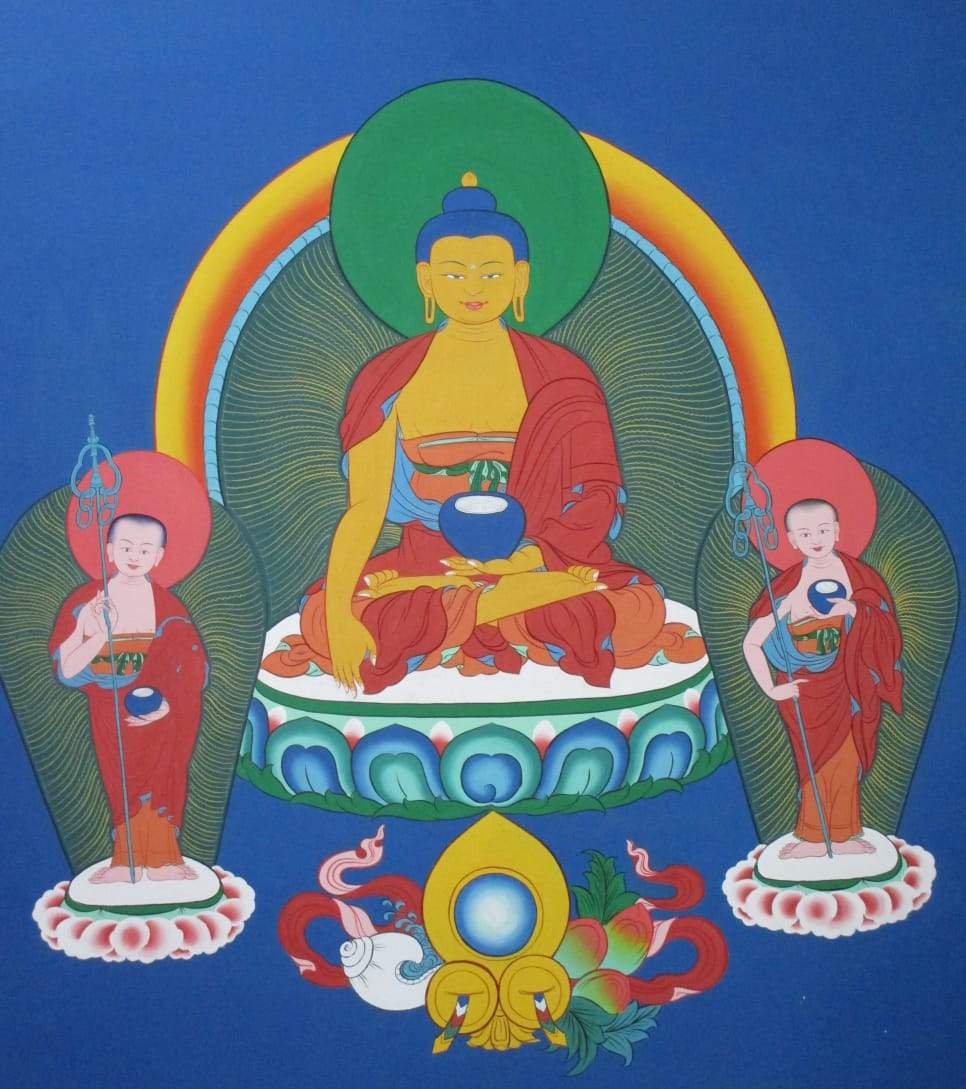










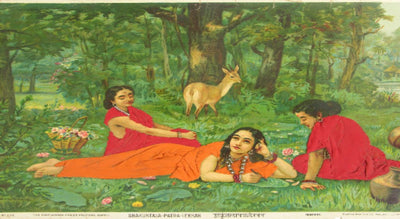
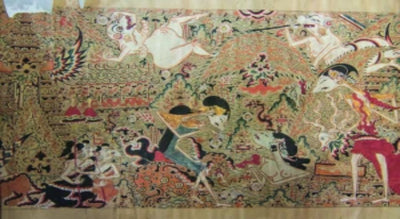
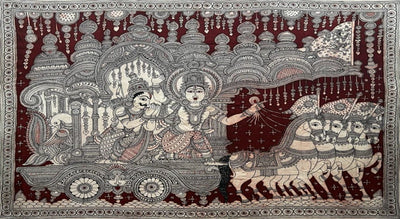

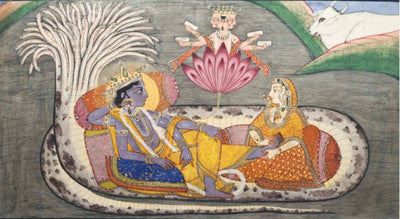
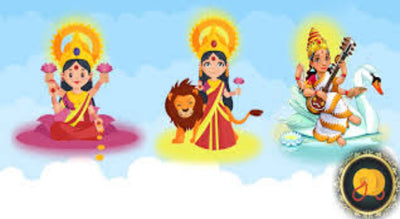
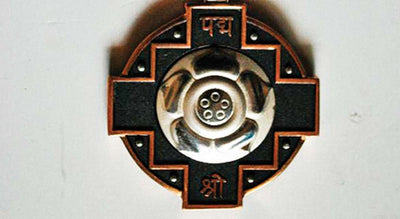
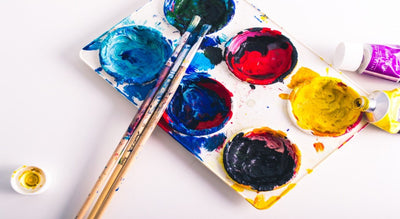
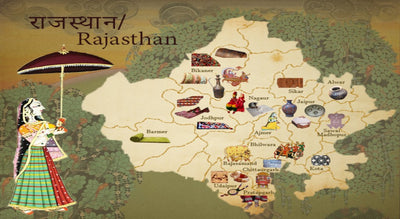
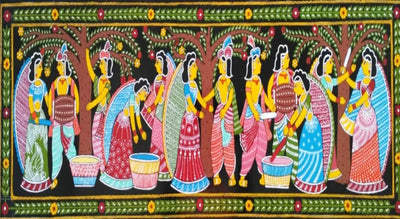
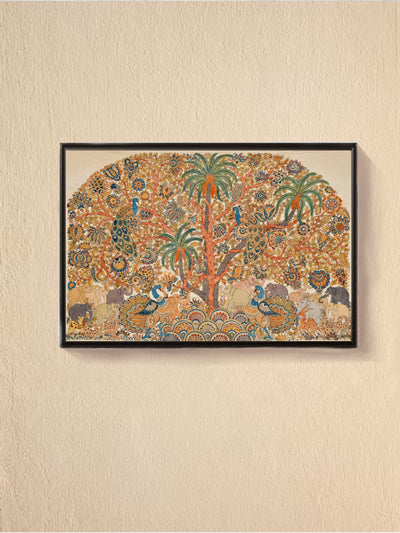







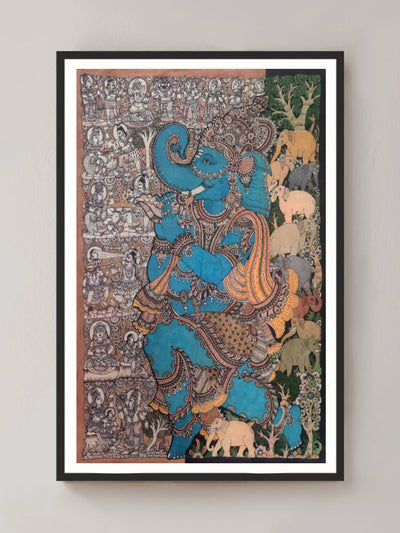








0 comments